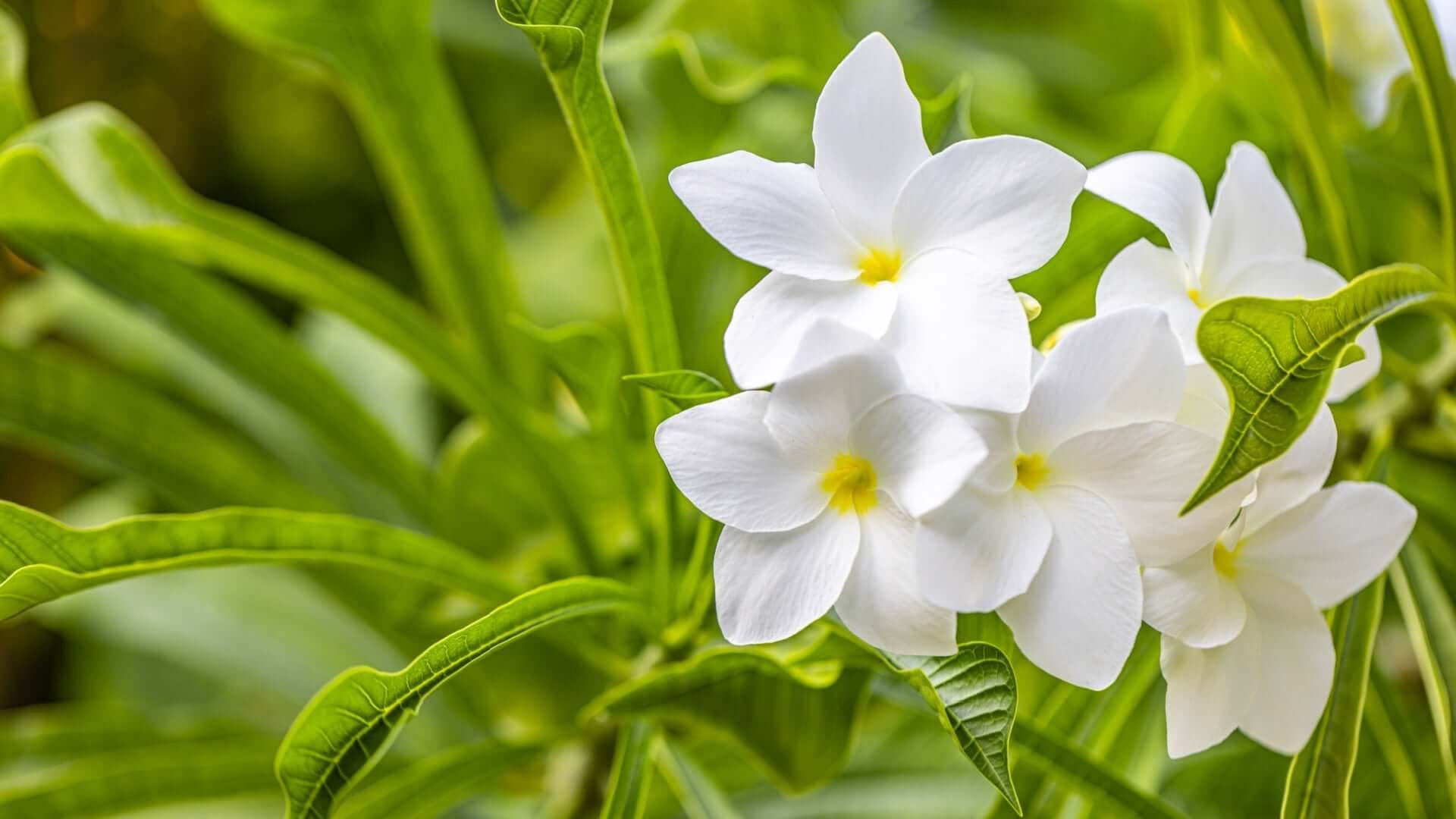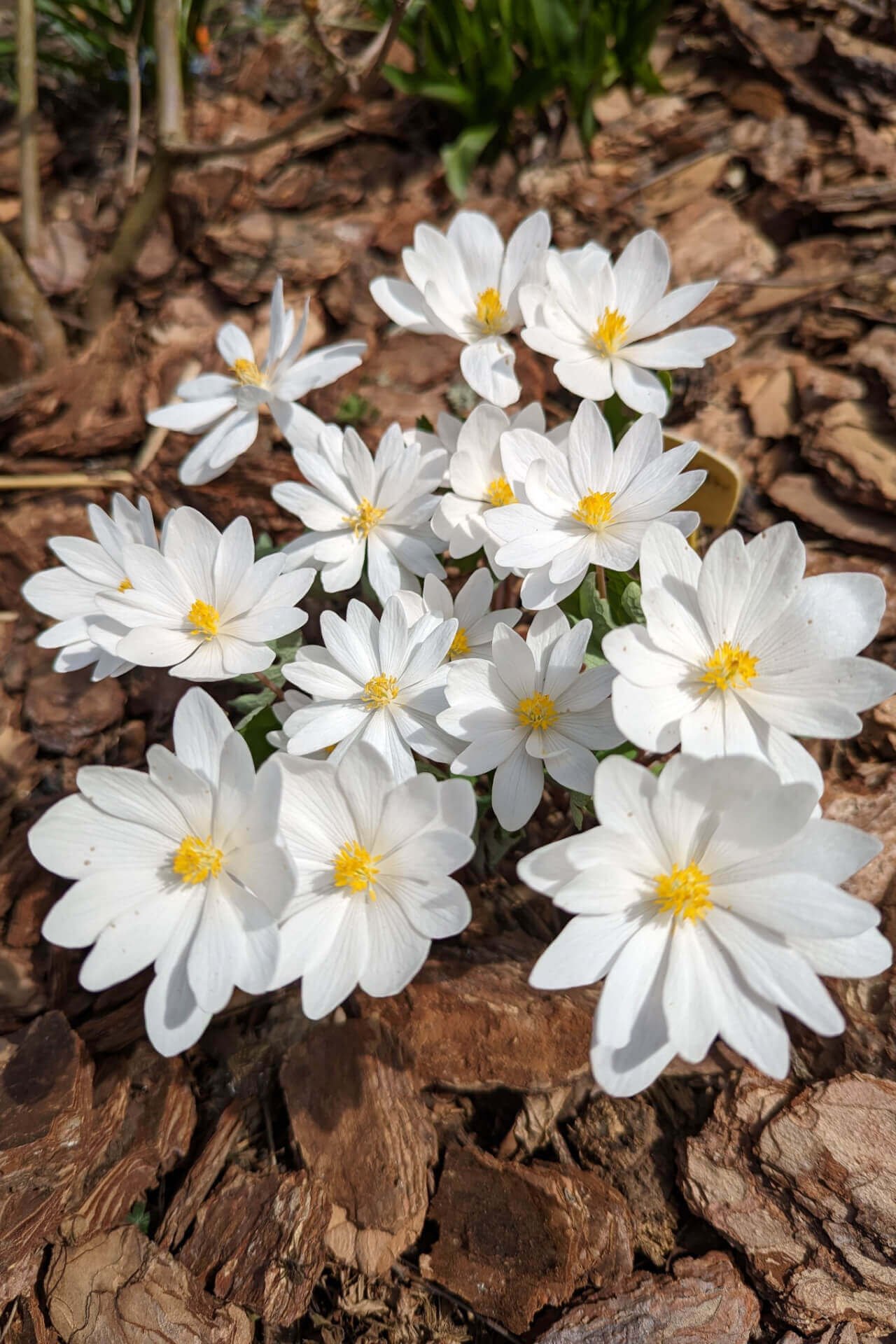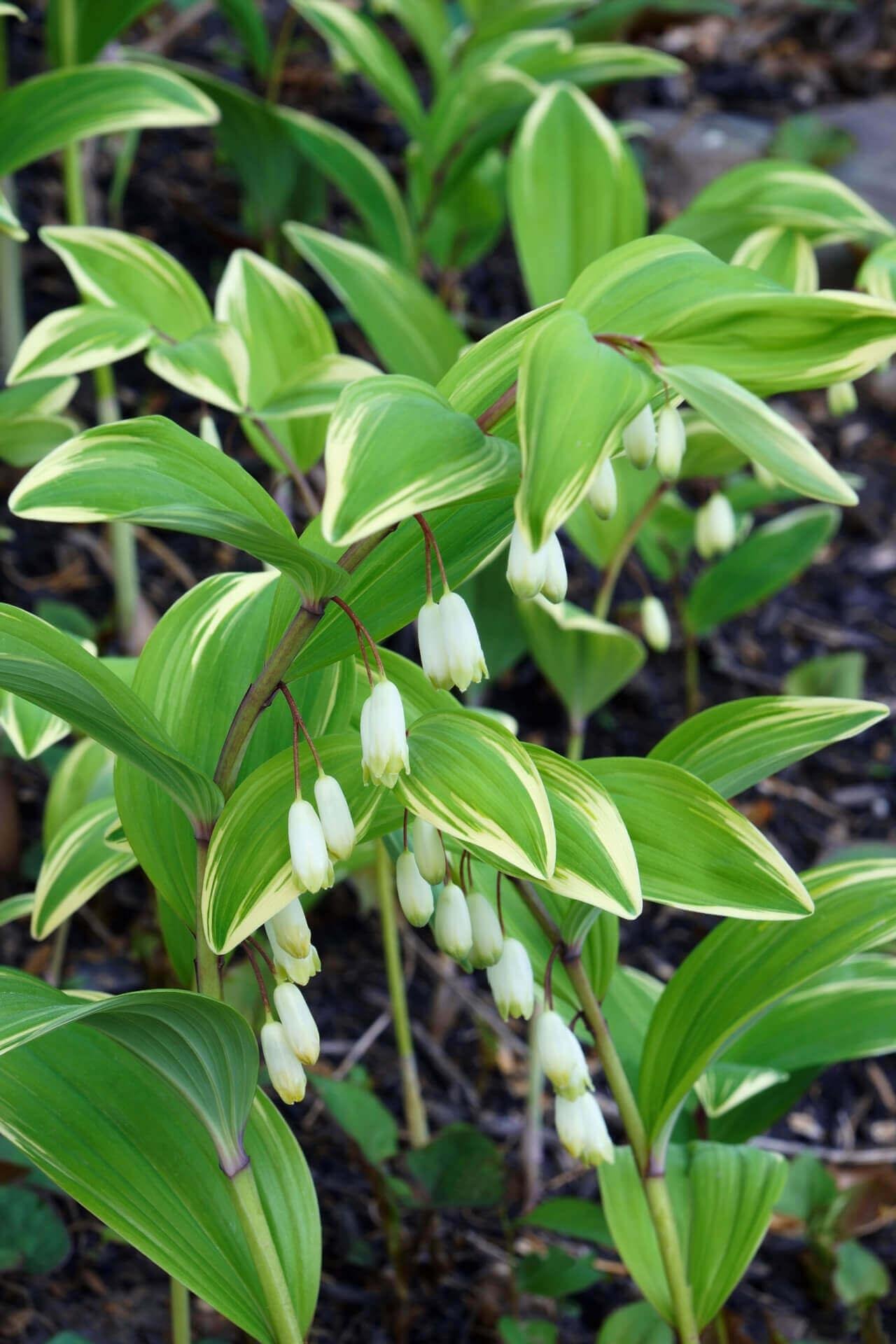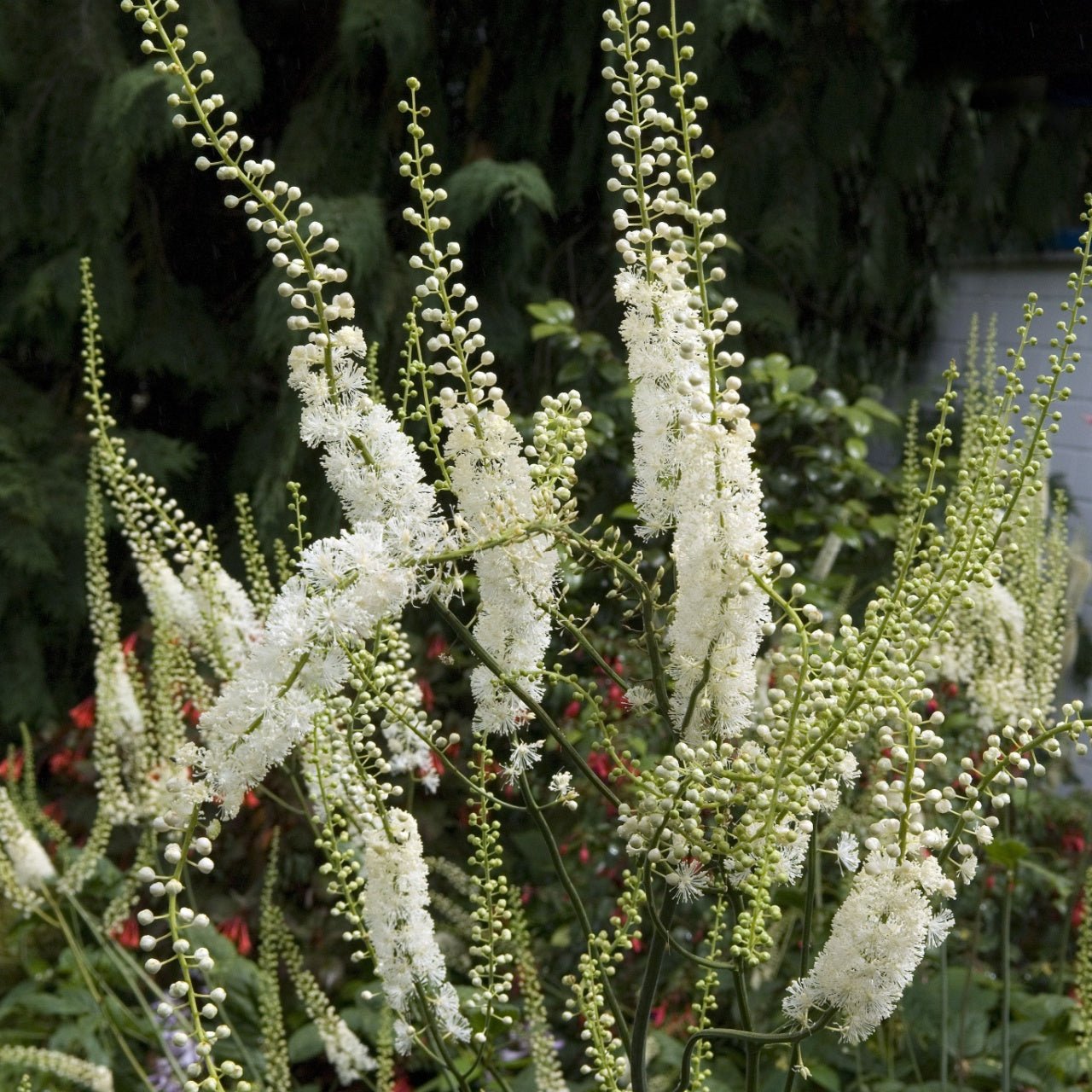The Allure of White Blooms in the Garden
Flowers possess a timeless beauty, giving any garden a sense of purity and serenity. Among native plants, white blooms bring aesthetic charm and ecological benefits, attracting insects and supporting local wildlife. Choosing native species such as Bloodroot, Solomon's Seal, White Trillium, and Black Cohosh ensures that your garden is garden beautiful and sustainable, as these plants are naturally adapted to thrive in the local environment. Each of these species brings unique characteristics to your garden. Garden preferences in soil and light conditions can help create a harmonious and low-maintenance landscape.
Bloodroot Plant: An Early Spring Marvel
Bloodroot (Sanguinaria canadensis) is one of the first native plants to bloom in early spring, often pushing its delicate white petals through the remnants of winter's frost. This perennial plant, which grows naturally in North America's rich, moist woodlands, is a pollinator magnet, especially for native bees and flies. These insects are crucial for early spring pollination, and the nectar and pollen provided by Bloodroot offer them a vital food source when other flowers are scarce. Bloodroot's pristine white blooms also serve as a signal to these pollinators, standing out against the dark, leaf-strewn forest floor.

Bloodroot prefers moist, well-drained soil rich in organic matter. It thrives best in dappled shade, mimicking its natural woodland habitat, where it is protected from the harsh rays of the midday sun. While it can accept short periods of direct sunlight, too much exposure may cause the leaves to wither or the blooms to fade quickly. If you want to add a burst of white to a shaded garden corner, Bloodroot is an excellent choice, requiring minimal care once established.
Solomon's Seal: Elegance and Grace Beneath the Canopy
The Solomon's Seal plant (Polygonatum biflorum) is a graceful, arching plant that brings a sense of elegance to shady garden spots. Known for its clusters of small, tubular white flowers that dangle from beneath its long, curving stems, this native perennial is a favorite of bumblebees. The flowers' tubular shape and slight fragrance lure bumblebees, who buzz their way through the garden in search of nectar. Solomon's Seal provides essential nourishment as a late-spring bloomer when other early bloomers may have already faded.

Solomon's Seal thrives in well-drained, loamy soil that remains consistently moist. Like many woodland natives, it prefers partial to full shade, making it ideal for garden areas with little direct sunlight. Its ability to grow in deep shade is one of its greatest strengths, as it can brighten the darkest corners with its arching stems and delicate white blossoms. Once established, Solomon's Seal requires little maintenance and will slowly spread to create a lush, natural-looking ground cover.
White Trillium: A Symbol of Spring
White Trillium (Trillium grandiflorum) is one of the most iconic wildflowers of North America, often associated with the arrival of spring. This native plant features large, three-petaled white flowers that rest atop a whorl of broad green leaves. Trillium is a slow-growing plant that rewards patience with stunning beauty, blooming from mid to late spring. It is a favorite among many early pollinators, including bees and flies, drawn to its simple yet striking blooms. While it doesn't produce nectar, its pollen is a valuable resource for these insects during the early season.

White Trillium thrives in rich, slightly acidic soil that mimics the forest floor-well-drained but consistently moist. It prefers shaded or partially shaded areas, perfect for woodland gardens or shaded borders. Like other native woodland plants, Trillium is well-suited to environments where it can remain calm and sheltered from direct sunlight. Planting Trillium alongside other native shade-lovers like ferns and Solomon's Seal creates a natural woodland garden with varied textures and shades of green, punctuated by the crisp white of Trillium flowers.
Black Cohosh: A Towering Beauty for Pollinators
Black Cohosh (Actaea racemosa), also known as Black Snakeroot, is a towering native perennial that produces dramatic spikes of creamy white flowers in mid to late summer. Unlike many low-growing woodland flowers, Black Cohosh stands tall, often reaching six feet or more, making it a standout feature in any shade garden. Its slender, candle-like flower spikes are beautiful to native bees, and flies are drawn to the plant's plentiful pollen. While not fragrant to human noses, Black Cohosh's blooms emit a subtle scent that entices pollinators.

This native plant thrives in moist, rich soils, making it well-suited to gardens with good drainage and high organic content. Black Cohosh prefers partial to full shade, most commonly growing in wooded areas or along forest edges. Despite its impressive height, it does not require staking and is relatively low-maintenance once established. Its towering white flower spikes create a striking contrast when planted alongside shorter native species like Bloodroot and White Trillium, adding vertical interest and texture to your garden.
Creating A Thriving Native White Flower Garden
By incorporating native plants like Bloodroot, Solomon's Seal, White Trillium, and Black Cohosh into your garden, you have beauty and support local ecosystems. These plants are well-adapted to their natural habitats, making them easier to grow and maintain in the right conditions. When designing a white-flowered garden with native species, consider each plant's light and soil requirements, ensuring that you provide the right balance of shade, moisture, and organic content. From the delicate early blooms of Bloodroot to the towering summer spires of Black Cohosh, these native white flowers offer a symphony of beauty and biodiversity to your landscape.
Read more
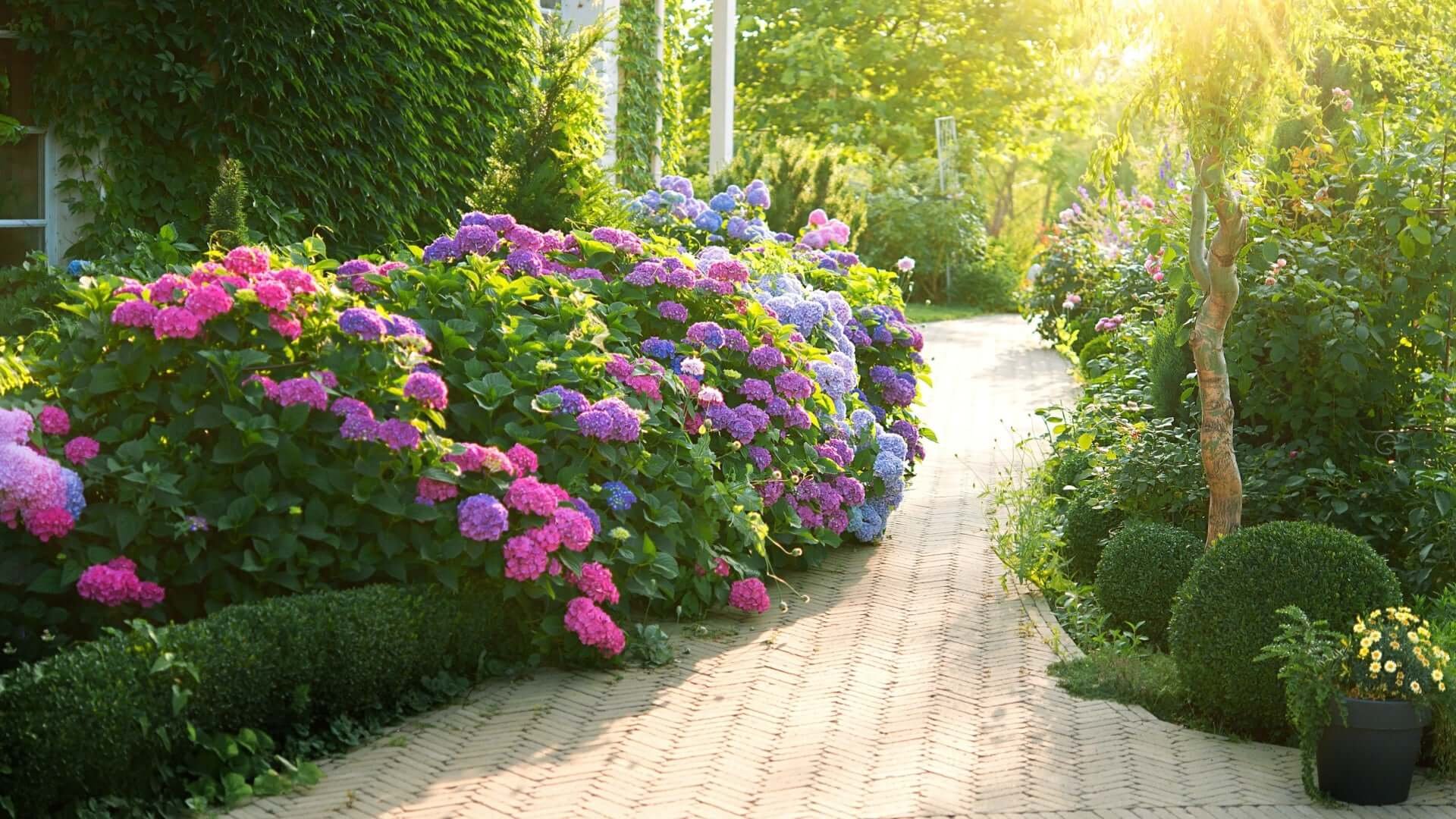
Purple flowers have a special allure, providing striking color while attracting beneficial insects to the garden. For those looking to embrace native plants, a selection of wildflowers, such as Wil...
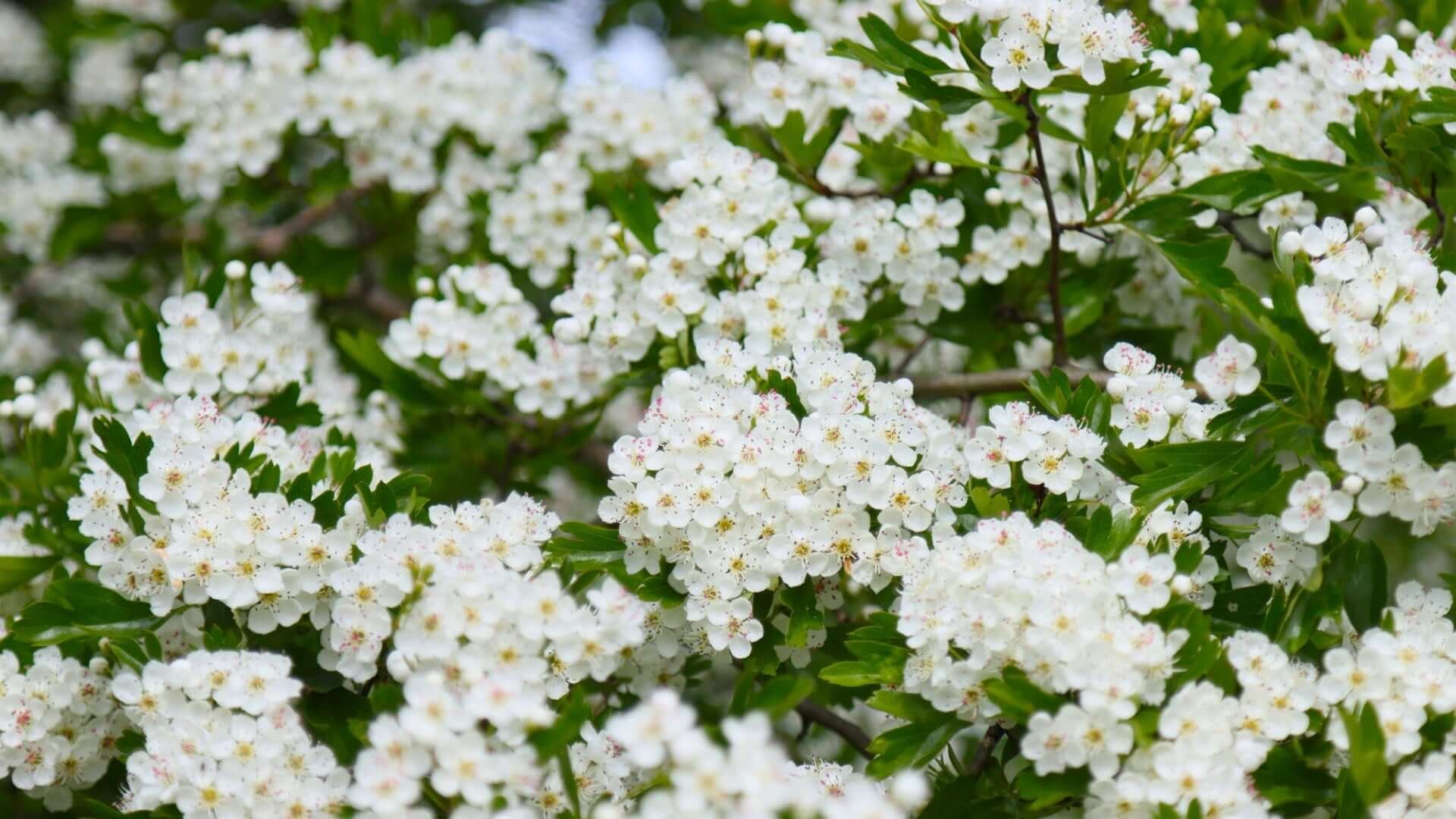
The Sweet Bay Magnolia, Magnolia virginiana, is a native tree that adds a touch of elegance to any garden. Its creamy white, lemon-scented blooms appear in late spring and continue sporadically thr...


